You'll be able to entirely opt in and out of Windows Recall, and you'll also be able to remove it
You can uninstall it entirely if you don't feel safe having it.
4 min. read
Updated on
Read our disclosure page to find out how can you help Windows Report sustain the editorial team. Read more
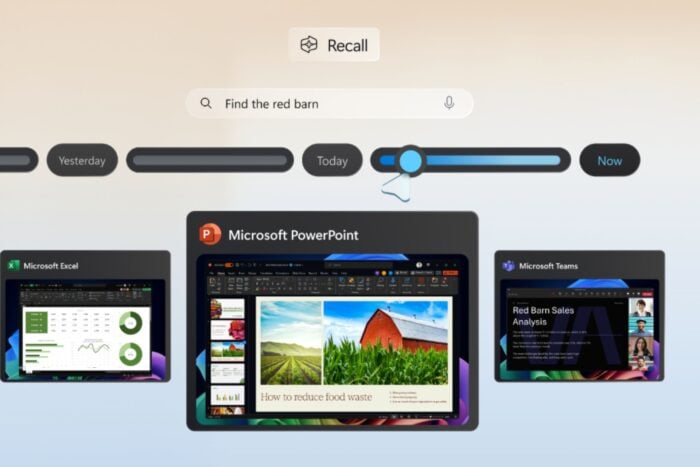
Edit: According to a statement made by Microsoft for The Verge, the uninstallability of Windows Recall is a bug.
We are aware of an issue where Recall is incorrectly listed as an option under the ‘Turn Windows features on or off’ dialog in Control Panel. This will be fixed in an upcoming update.
Further edit: the same publication now confirms Microsoft will let users remove the Windows Recall entirely from their PCs if they wish so, with the Redmond-based tech giant stating:
The preview of Recall for Copilot Plus PCs has not yet been made available to Windows Insiders. However, information on Recall shared in David Weston’s blog from September, including confirmation that Recall is an opt-in experience and that users can also remove Recall, remains true.
Previously, the controversial Windows Recall, designed to capture screenshots of the PC screen every few seconds, has not only become an opt-in feature, but Microsoft also allowed users to uninstall it. This decision responded well to the increasing concerns about privacy and security raised by users and professionals.
With a simple tweak in Windows 11 version 24H2, users could uninstall Recall, marking a significant shift in Microsoft’s approach to user privacy and control. Previously, the only option was to disable Recall, but the latest update, KB5041865, introduced an option to remove it entirely from the system.
Firstly, Recall used to be included in the Copilot+ PC set created for Snapdragon X Series laptops. It was a screen capture feature that stored images to assist in AI-powered retrieval of past information.
The captured visuals were kept locally and not used to direct advertising campaigns. Still, their security was swiftly questioned after researchers discovered how to circumvent Windows’ safety measures and access these pictures, which led to further discussions about their safety and necessity.
In an update, Pavan Davuluri, the Vice President of Windows and devices, said that users must choose Recall by using Windows Hello to verify their identity. This change was made to increase the security of stored images so that search index databases would have more encryption protections.
Davuluri underlined the user control element, saying that internal Microsoft testers liked the ability to exclude certain apps from being captured and delete snapshots.
However, the main issue still exists even with these modifications: people are uneasy about their PCs recording and keeping pictures of what they do. Many share this sentiment, emphasizing a more comprehensive discussion about digital privacy and business monitoring.
The inventive characteristic touches on the sensitive equilibrium between technology ease and individual secrecy.
For people curious about this characteristic or may be interested in it, it is essential to know that not every PC will have Recall. It needs a device with neural processing units (NPUs) included, which are made for AI-heavy tasks and currently only found in the Copilot+ category of devices.
Even though there has been news about Recall getting activated on certain PCs lacking an NPU, we do not know how Microsoft will handle this feature later.
Microsoft’s decision to offer Windows Recall as an opt-in feature is a considerable move in dealing with privacy worries. However, it will be interesting to see if the capability, as it is now – unable to uninstall it – would be used by the community. On Reddit, for instance, the Windows community is not pleased at all:
No means no, Microsoft.
An employee tried to convince me that it’s harmless but so far all the things I’ve feared (and many others) are coming true, slowly, one by one. They will make this part of the OS, whether you want it or not (haven’t met anyone who does) and then start sending data online (not just storing it locally). But there’s little we can do except complain loudly.
linux is looking more attractive each day.
While you can opt-in/opt-out of Windows Recall, you’ll not be able to uninstall it. What’s your take on this? Let us know.

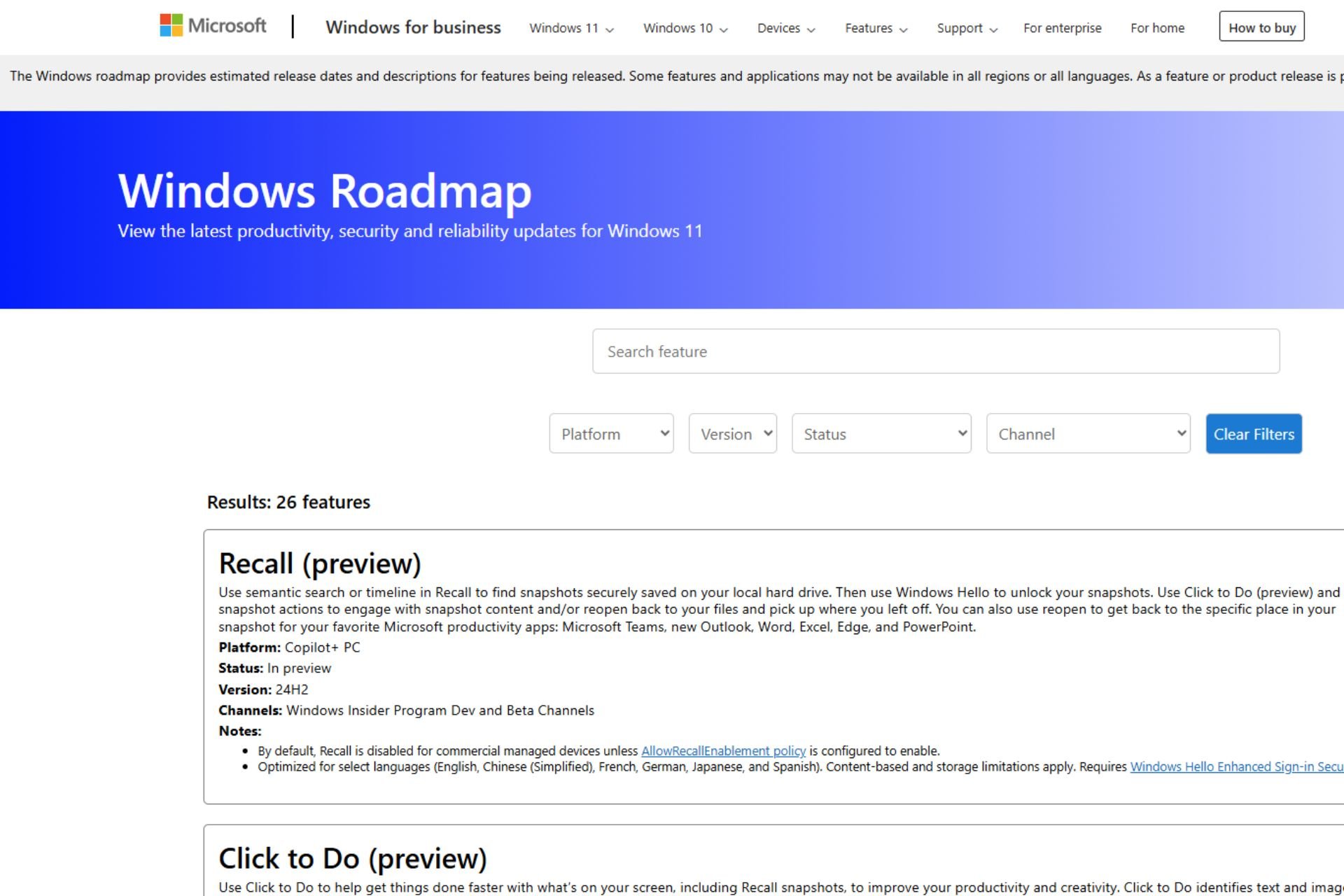
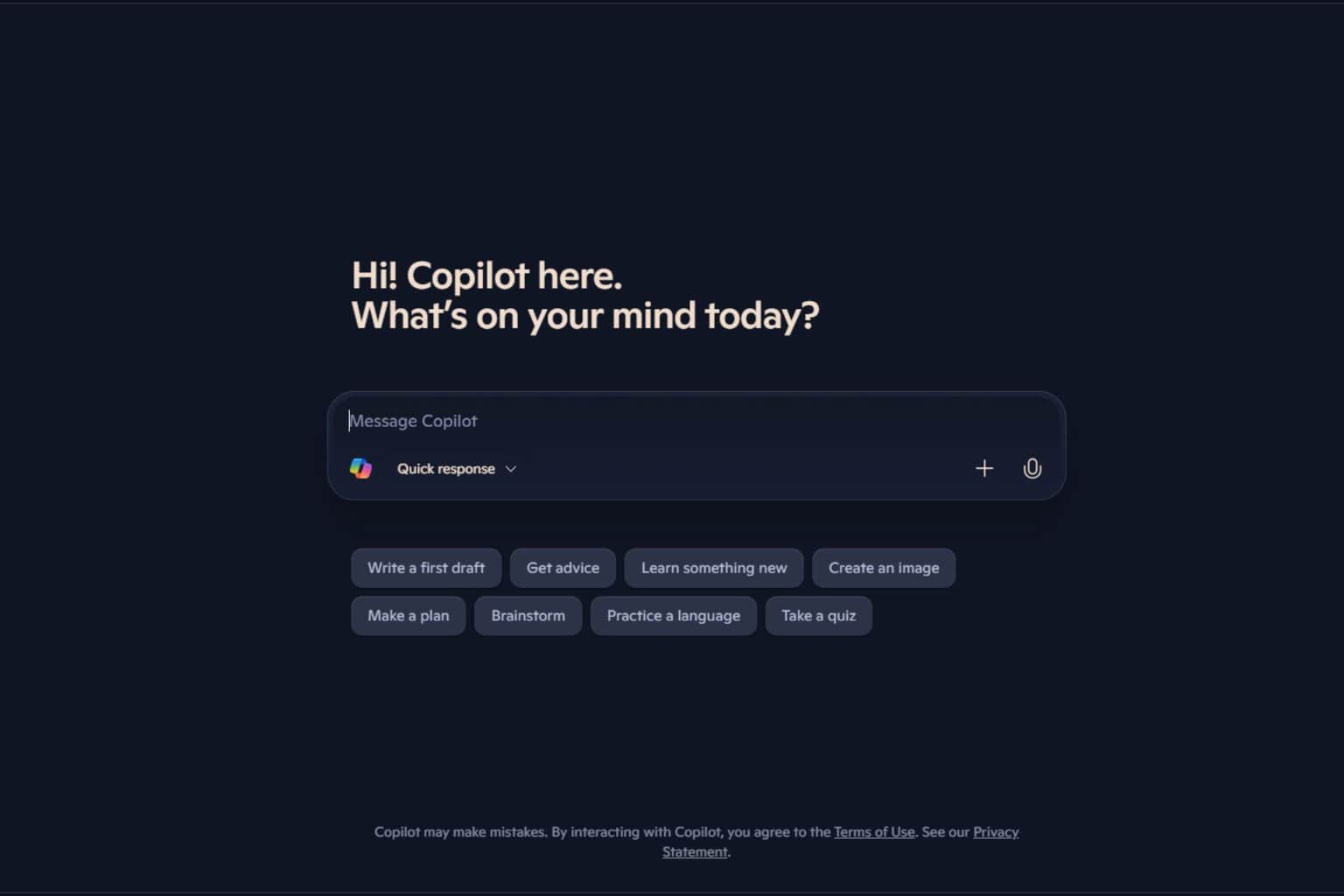
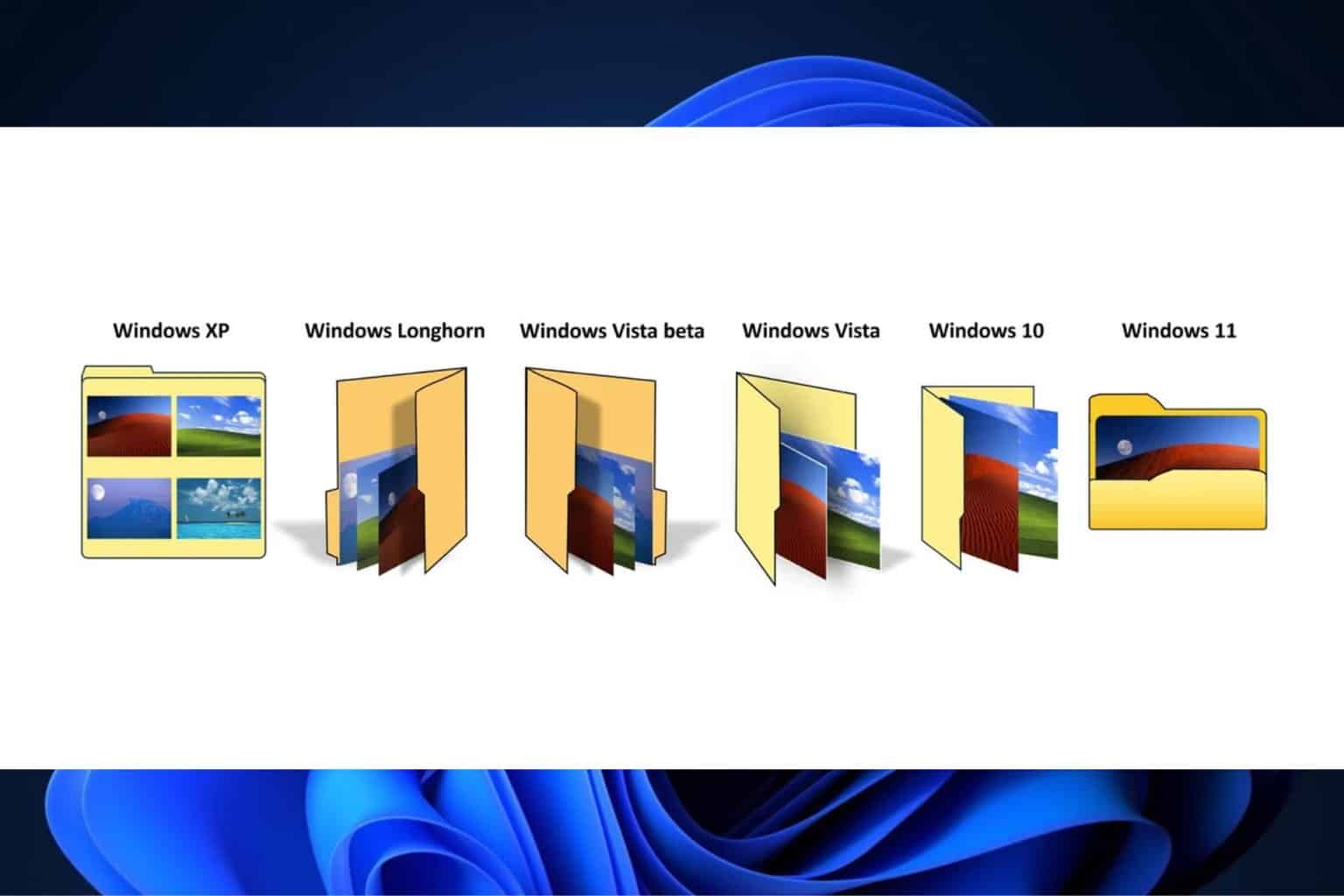
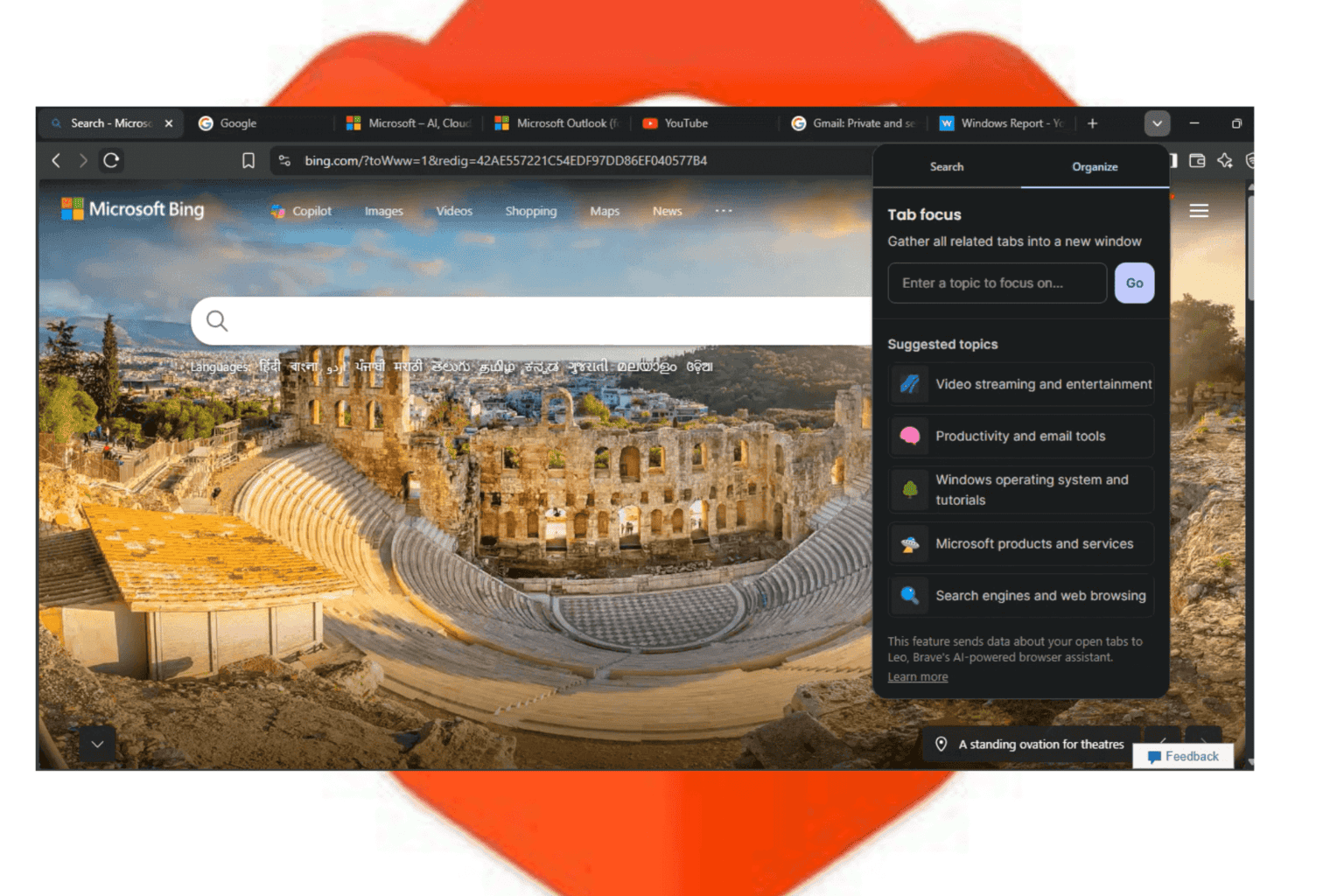
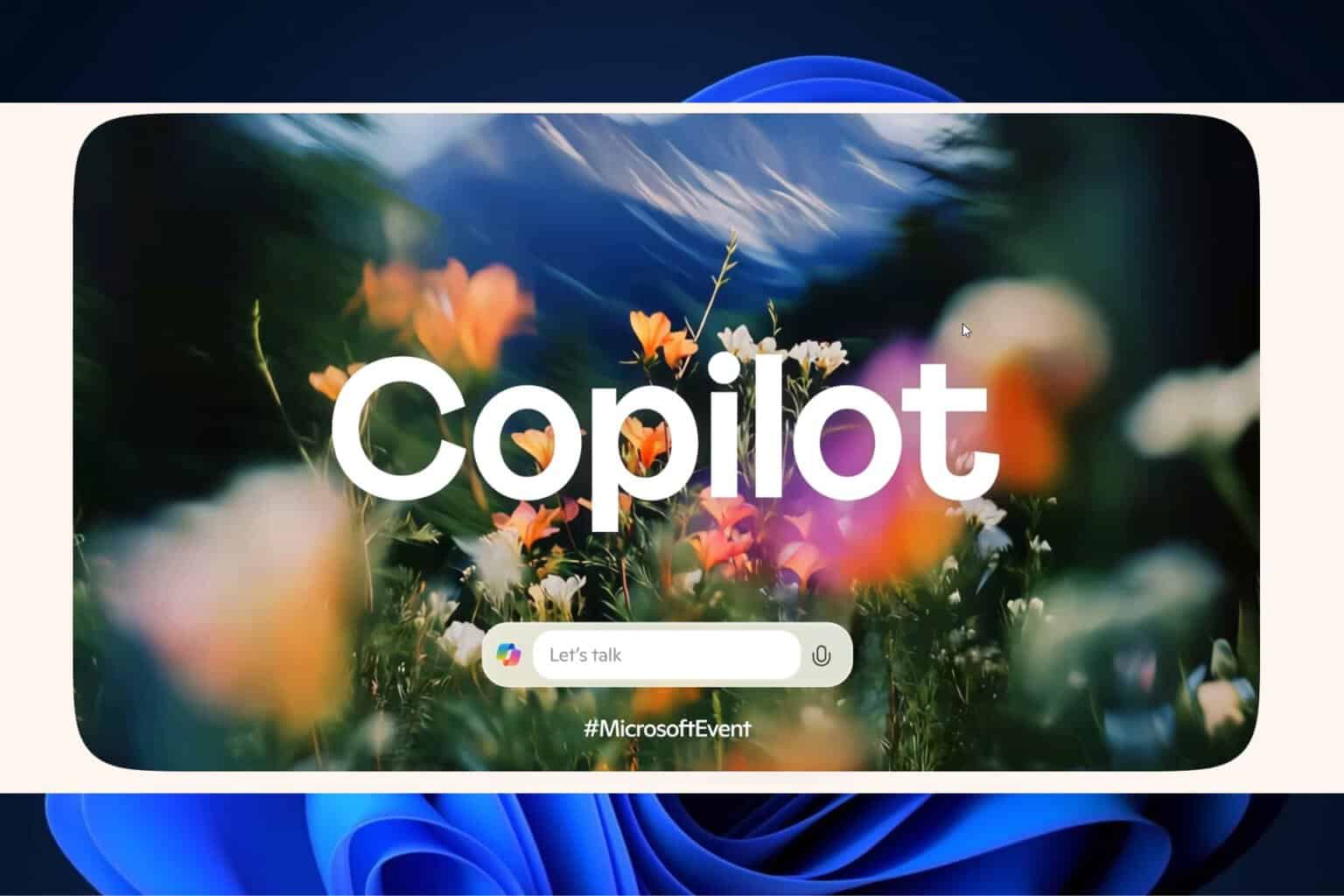
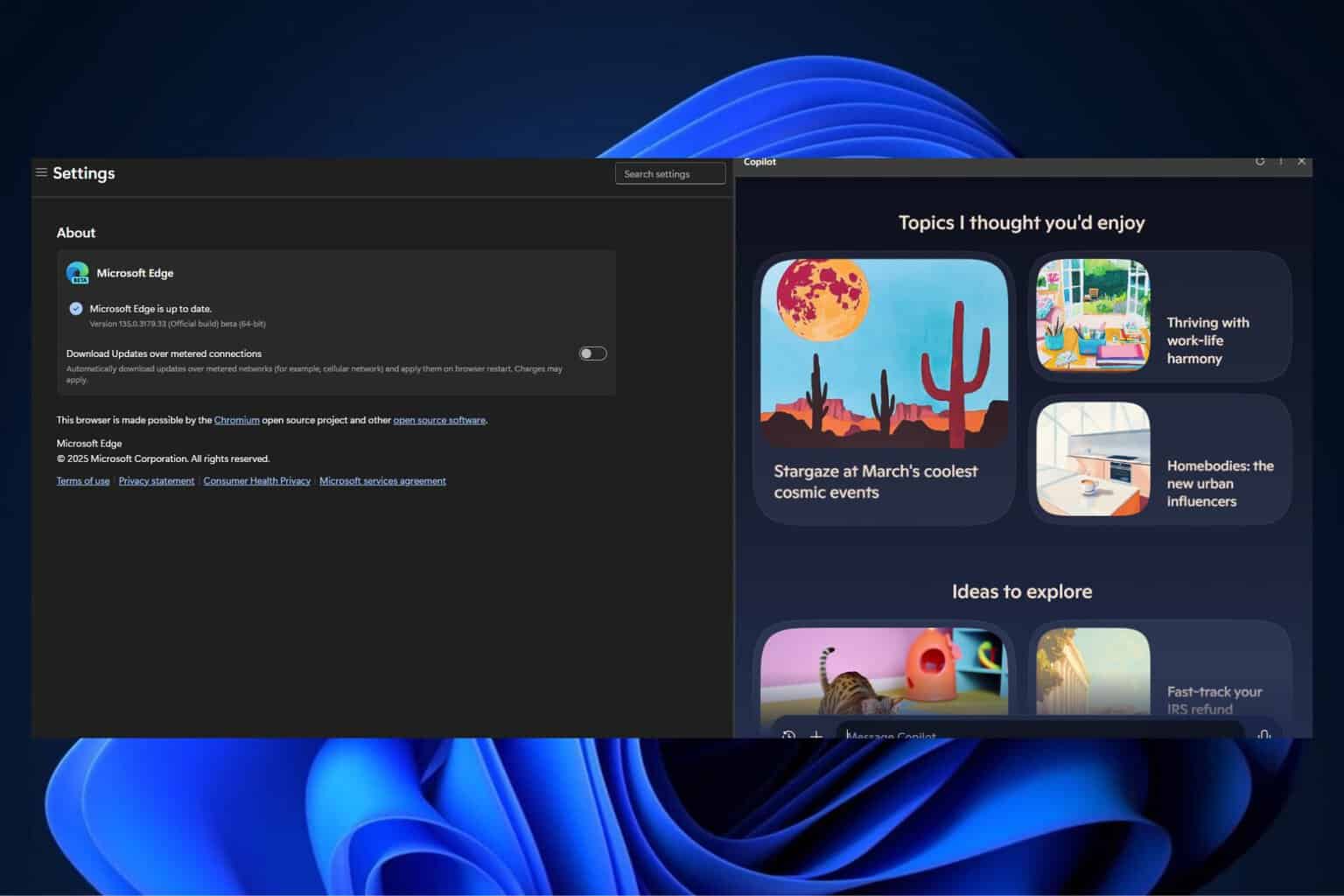

User forum
1 messages